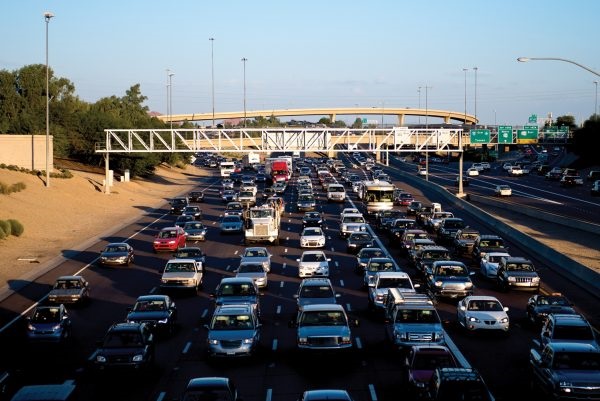While 34.3 million tons of emissions are projected to be produced in 2021 by working from home, remote work is still greener than working in an office, according to a new industry study by Alliance Virtual Offices.
Companies that allow employees to work from home are experiencing customer base gains and positive boosts to reputations. In addition to positive financial gains, remote workers save approximately 16 trillion trees from deforestation, a leading cause of climate change.
“The average worker reduces their carbon footprint by approximately 1,800 pounds by working from home,” the study states.
Relevant extant literature was reviewed from reliable sources by an experienced academic librarian to reach the Alliance Virtual Offices conclusions. The company sought to discover what impact – if any – remote work has on climate change. The analysis was conducted by reviewing more than 450,000 survey respondents on commuting, paper usage, employee well-being, and business practices in office settings as opposed to remote work environments. Findings include:
- Increased Profits – Companies that promote work-from-home options experience increased customer bases and brand loyalty.
- Greenhouse Gases – While remote work is projected to cause 34.3 million tons of greenhouse gas emissions, the trade-off from lack of commute, decreased electricity usage and paper savings make office work worse for the environment.
- Deforestation – Approximately 247 trillion sheets of paper are saved each year by those working outside of a traditional office — this saves roughly 16 billion trees, or nearly three million acres, from deforestation.
- Employee Wellness – Workers who spend more time commuting report higher cholesterol, more frequent instances of chronic pain and higher levels of mental health disorders than those with little or no commute.
- Build or Buy? – Buying an existing home or commercial property is more environmentally friendly (and often less expensive) than renting or building new construction.
View the complete results of the study here: https://www.alliancevirtualoffices.com/virtual-office-blog/work-from-home-co2-emissions-statistics/









